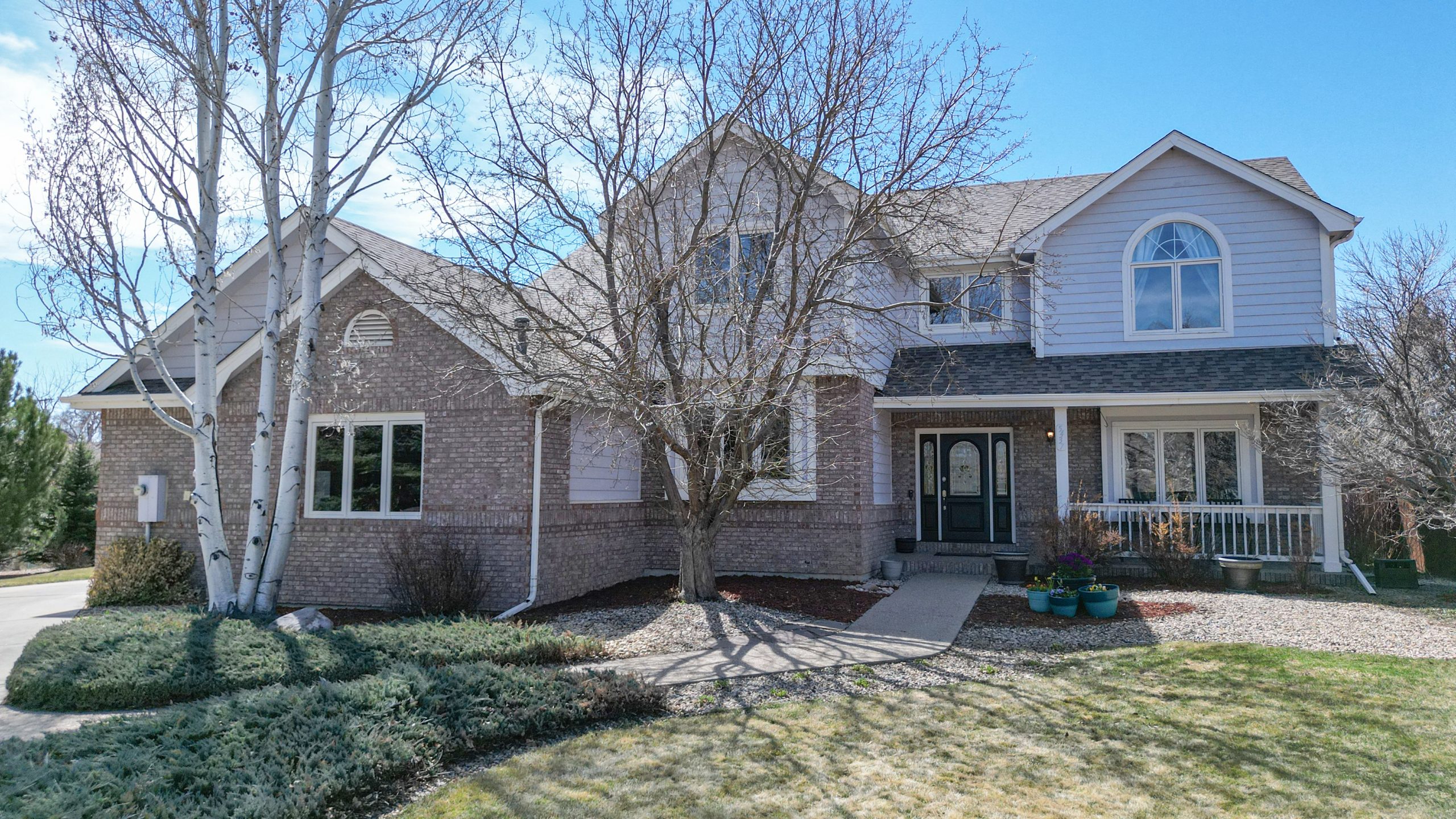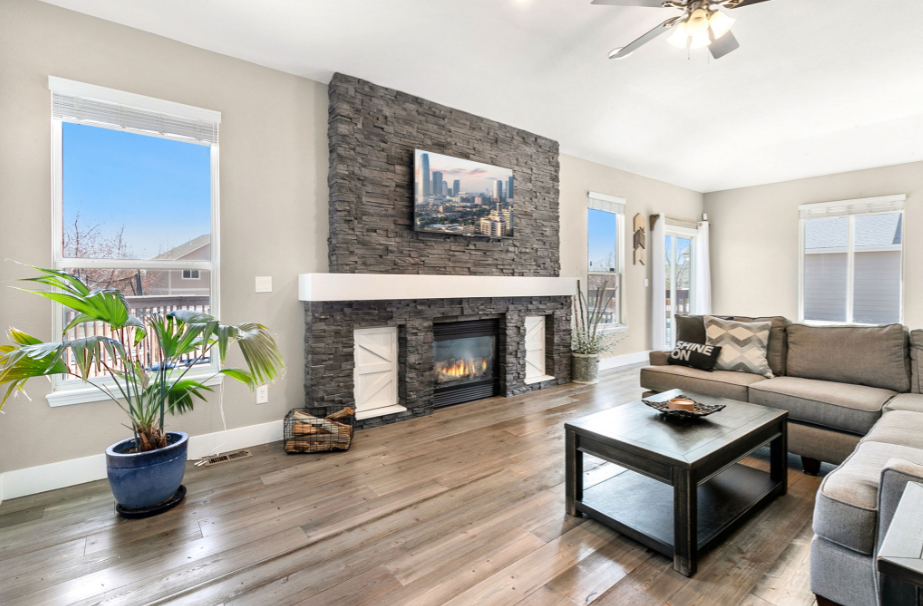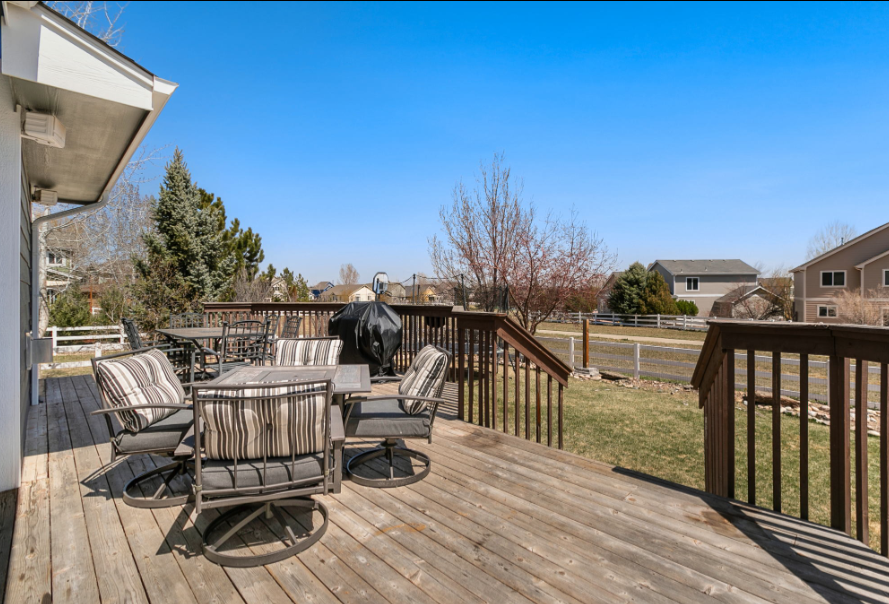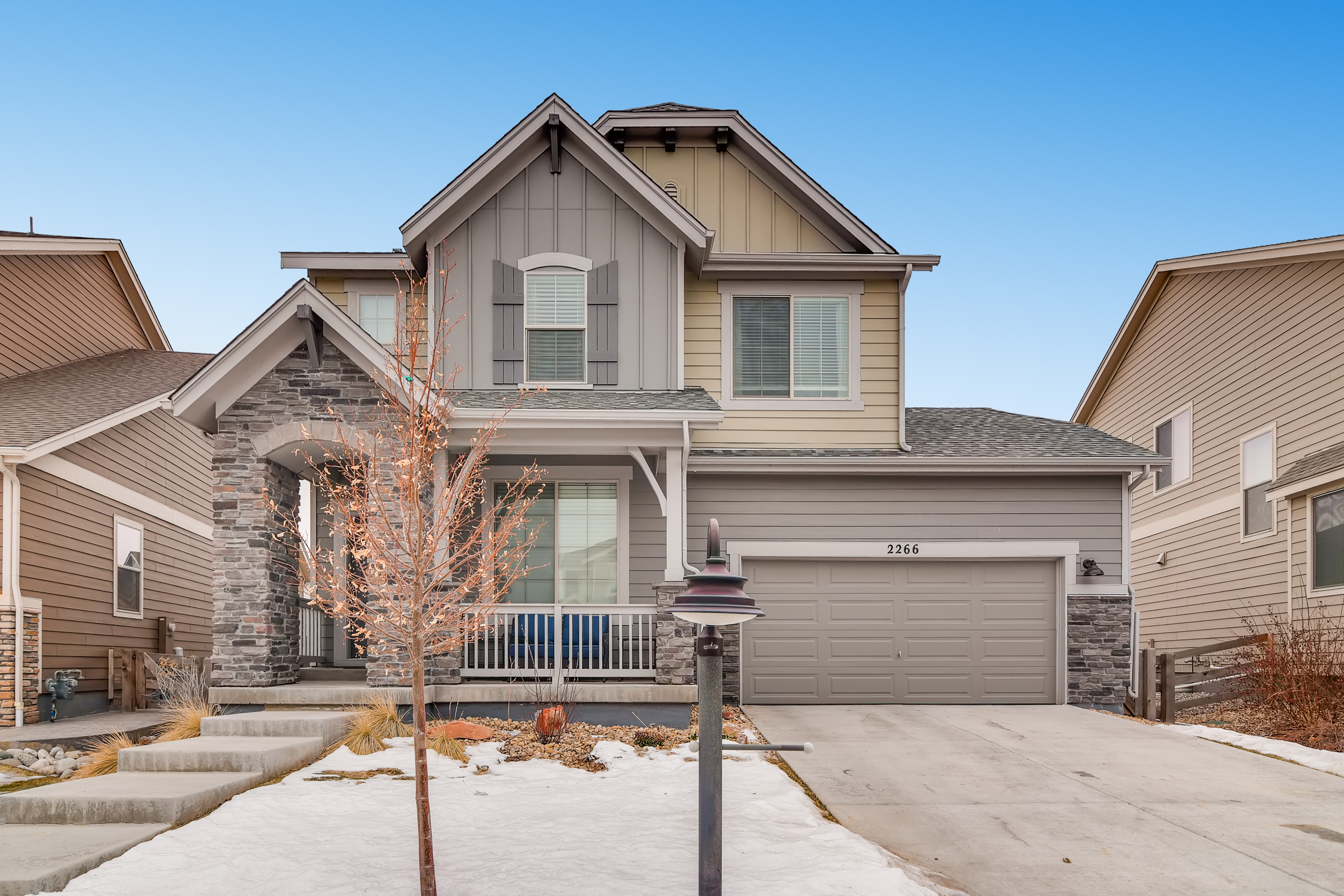All New Everything in Charming Town
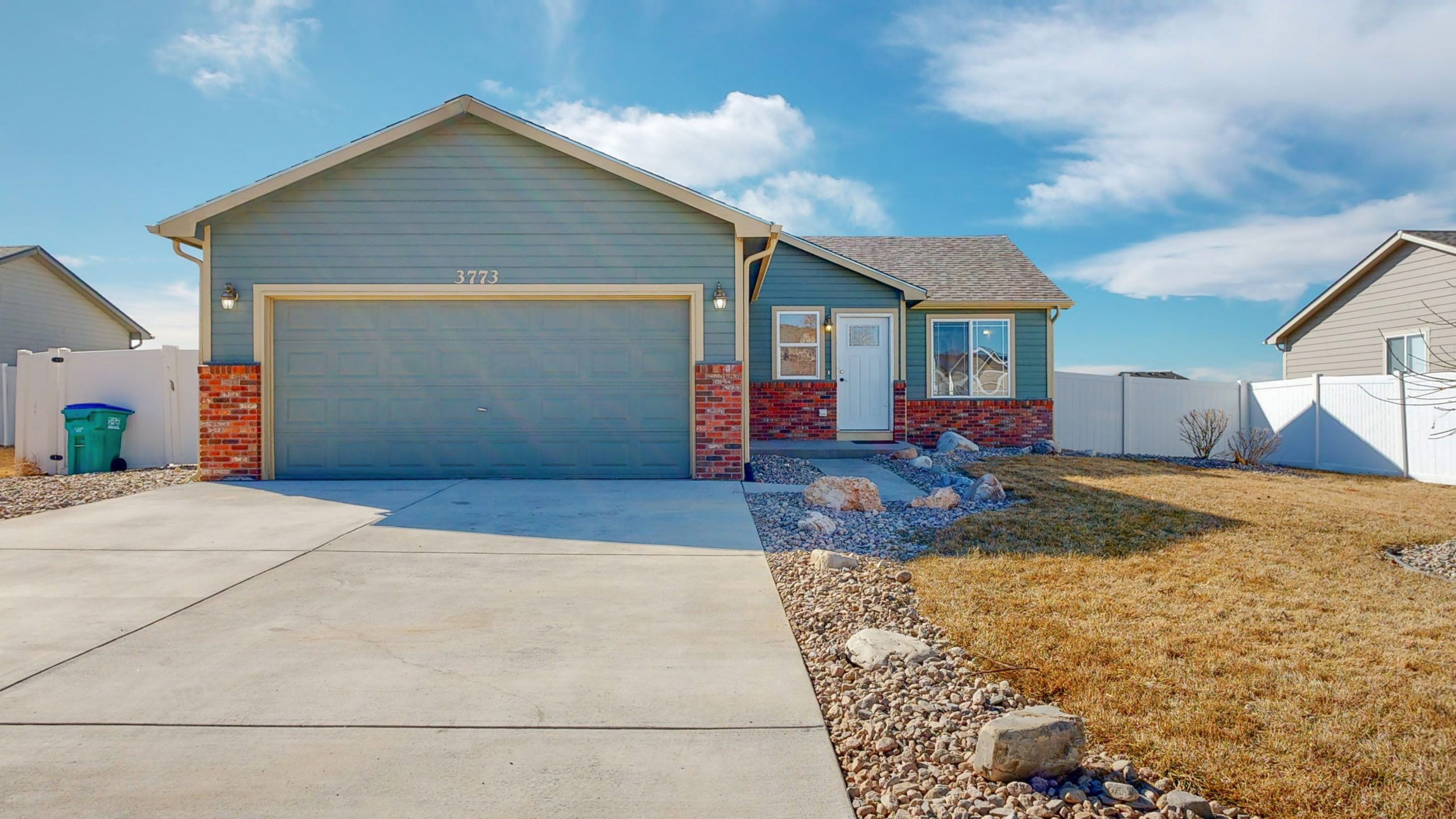
Welcome to 3773 Mount Flora St. in the charming town of Wellington. Almost everything is new in this 3 bed, 2 bath ranch floorplan. New flooring, new paint, new appliances, new countertops, new windows, remodeled bathrooms, and a new roof. Enjoy the Colorado lifestyle with the property’s outdoor amenities. The large backyard offers plenty of room for outdoor activities and relaxation, including a patio perfect for summer barbecues. With easy access to nearby parks and trails, you’ll be able to take in the area’s natural beauty. All lawn irrigation water provided by HOA. Irrigation water fees included in the HOA dues are low at $30 a month and No Metro District. Call (970) 232-4844 to schedule a private tour or click here for more information.
Awesome Arvada Abode
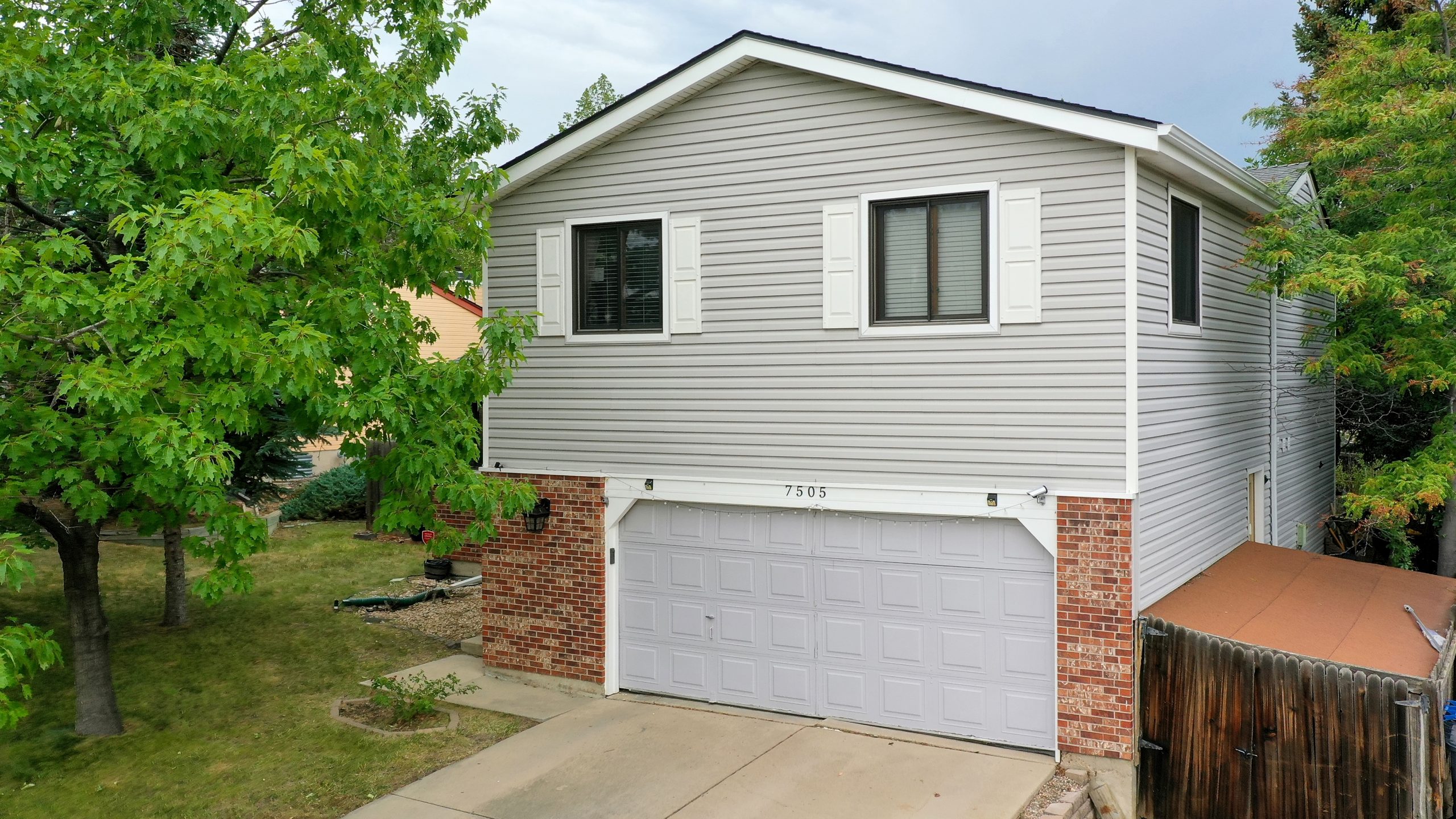
Welcome to Wood Creek, Arvada! 7505 Harlan Way is an awesome 4 bed, 2 bath home with a home office. This split-level home has a great open floor plan. The main level has a kitchen with granite countertops and a nice open living and dining area. The upper level has three bedrooms and an office for working from home! The lower split level has a second living area and a bedroom for guests. This home is perfect for a young family or a first-time home buyer. The nice, fenced backyard is a great area for kids to play in. Call (970) 232-4844 to schedule a private tour or click here for more information.
Fossil Lake Ranch Beauty

5941 Twin Wash Square, Fort Collins is located in Fossil Lake Ranch. This well-maintained home provides close proximity to I-25, award winning schools, fine dining, shopping, Twin Silos Park, dog park, natural open spaces & more. The private master suite on the main level has a full master bath and large walk-in closet. The full unfinished basement awaits custom finishes & storage needs. The fenced backyard offers privacy with a stained deck and pergola. Other features include a newer Roof (2019), newer windows on the west side of the home, hot water heater replaced and new furnace in the last 4.5 years. Call (970)232-4844 to schedule your private showing or click the link below for more information.
Contemporary Ranch!

Showings to start 2/26/21 after 10:30am. 524 Polaris Circle in Erie is a luxurious and large contemporary ranch that will take your breath away. Showhome condition. Spectacular flooring. Free-flowing light, bright & open modern floor plan. Gorgeous counters in the chef’s kitchen with tons of cabinet space. Fabulous large functional Island with eating space. Stainless Steel Appliances. Great office space for working from home. This home also has endless ideas for growth with a wide-open, full unfinished walk-out basement. Enjoy your morning coffee from the balcony with mountain views. Call for your private showing at (970) 673-7285 for more information or click the link below for more details.
http://windermerenoco.com/listing/126526575
Beautiful Spacious Ranch!
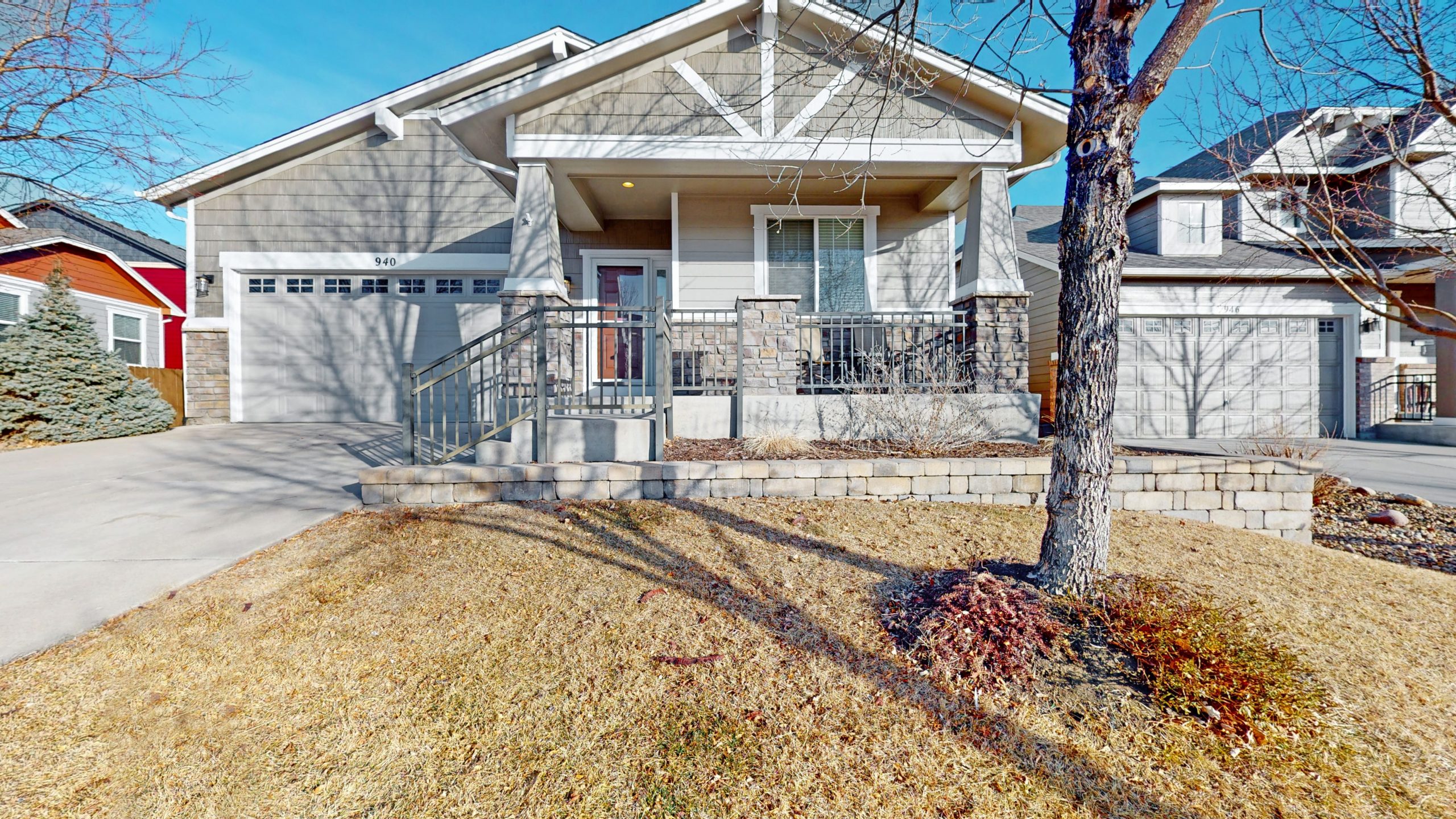
940 Snowy Plains Road is a beautiful 2900 sq ft ranch with 75% finished basement. New carpet and paint! Includes hardwood floors, double-sided gas fireplace, bright open floor plan, large eat-in kitchen w/ granite counters and island. Finished basement includes the 5th bedroom, the 3rd bathroom and an additional bonus space. Complete landscaping with patio, privacy fence & sprinkler system. Close to shopping, hiking/biking trails, and easy access for your commute. Don’t miss this great deal in Fort Collins!! Call for your private showing at (970) 232-4844 for more information or click the link below for more details.
http://windermerenoco.com/listing/123909178
Multi-Level in Maple Hill!

2627 Milton Lane is a beautiful & well-maintained multi-level home in Maple Hill. Close to old town Fort Collins & I-25. This split-level home has 3 bedrooms and 3 baths, with a fourth bedroom in the basement that’s non-conforming. Large open living room that got a vaulted ceiling. Kitchen has eating bar plus separate dining room. Hardwood floors in kitchen and dining areas. Fenced in backyard and a 3-car garage. Don’t miss the epic neighborhood park & cool neighborhood pool for those sizzling summer days. Call for your private showing at (970) 232-4844 for more information or click the link below for more details.
Vital Signs
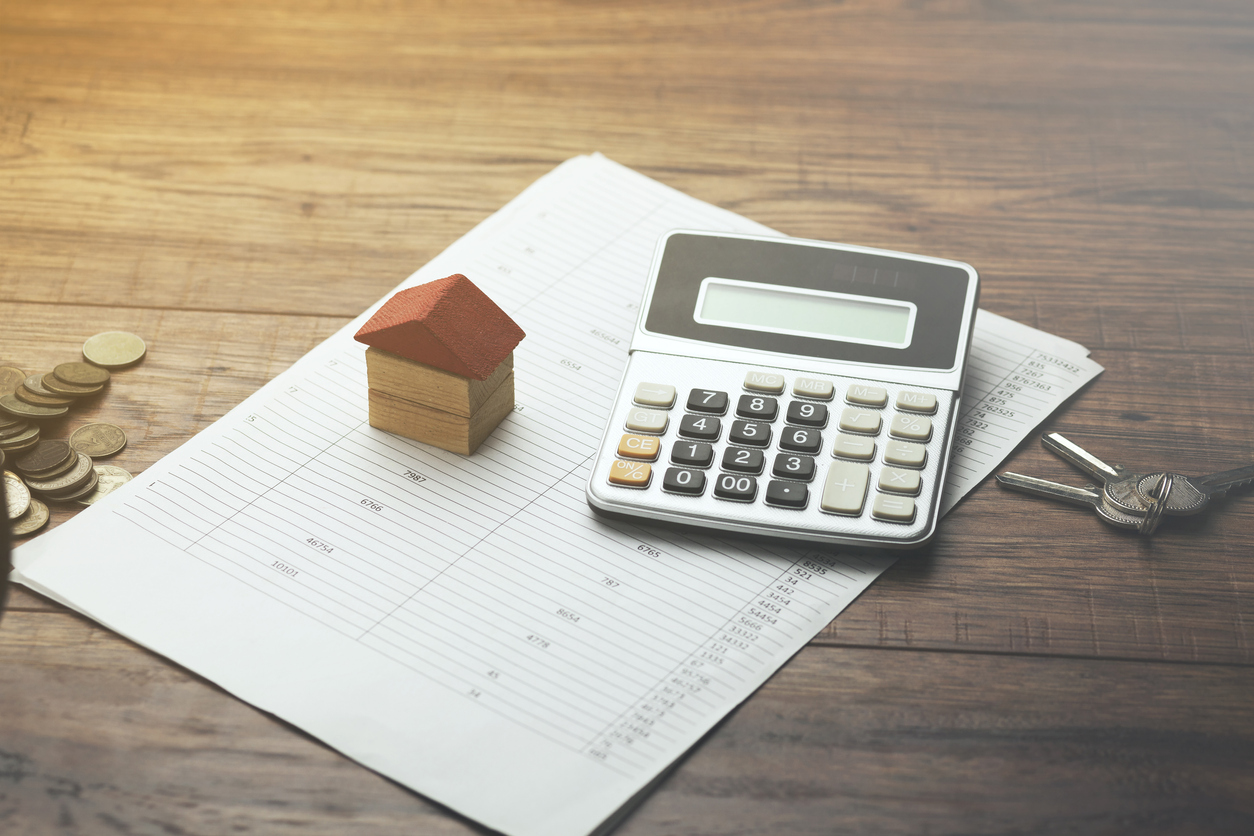
First, Larimer County:
- Average prices are up 2.4%
- Number of transactions is down 2.5%
- Inventory is up 11.9%
- Days on market is up 4.1%
Now, Weld County:
- Average prices are up 4.3%
- Number of transactions is up 3.6%
- Inventory is up 12.9%
- Days on market is flat (same as last year)
What this means is prices are still going up, just not as fast as they were a couple of years ago. More inventory is coming on the market which is great news for buyers.
 Facebook
Facebook
 X
X
 Pinterest
Pinterest
 Copy Link
Copy Link
